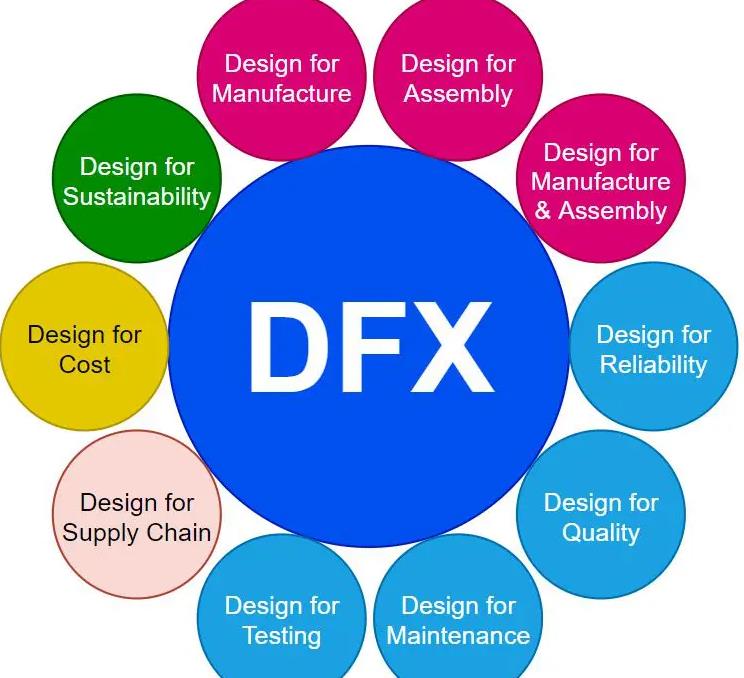When it comes to designing a product, it is crucial to strike the perfect balance between the design and manufacturing processes. Any error or inefficiency in these processes can result in a product that falls short of expectations, which can ultimately lead to the failure of the product or company. It is here that techniques like Design for Manufacturing (DFM) and Design for Assembly (DFA) come to play. These techniques help improve the design-to-manufacturing communication process and eliminate costly errors. In this blog post, we will take a deep dive into the world of DFM and DFA, learn what they are, how they work, and how they can benefit your business.

What Is Design for Manufacturing (DFM)?
Design for Manufacturing (DFM) is a process that helps simplify the manufacturing process by considering the designs of the parts before production. DFM is all about designing products that are easy to manufacture, assemble, and maintain rather than creating designs that are difficult and expensive to produce. DFM focuses on using efficient manufacturing and assembly techniques, reducing production costs, and improving product quality.
What Is Design for Assembly (DFA)?
Design for Assembly (DFA) is a technique that emphasizes the importance of designing products that can be easily assembled. The goal of this process is to simplify the assembly and reduce the number of parts required for the product. This, in turn, reduces the manufacturing time and costs, leading to higher efficiency. DFA also focuses on the ergonomics of the design and ensures that the product can be assembled without putting too much strain on the assembler.
How Do DFM and DFA Work Together?
DFM and DFA are complementary techniques, and it’s essential to use them in conjunction to achieve optimal results. DFM focuses on designing components that can be easily manufactured, while DFA focuses on designing products with fewer parts to simplify assembly. Together, they help reduce overall production costs by minimizing the time and effort required to assemble and manufacture products. By incorporating both DFM and DFA into your design process, you can improve the quality of your products, reduce lead times, and increase customer satisfaction.
Benefits of DFM and DFA
The advantages of using DFM and DFA in your design process are numerous. Some of the key benefits include reduced time to market, increased production efficiency, and improved product quality. By reducing the number of parts and simplifying the assembly, you can speed up the manufacturing process, reduce the overall costs of production, and increase the reliability of your products. DFM and DFA also help identify problematic designs earlier in the design process, which can be rectified before production begins, thus saving valuable time and increasing the quality of the final product.
Conclusion:
In conclusion, Design for Manufacturing (DFM) and Design for Assembly (DFA) are two critical techniques that can help improve the efficiency of your product design process. Utilizing the principles of DFM and DFA can lead to products that are cost-effective, reliable, and easy to assemble, which ultimately leads to higher customer satisfaction. By adopting these techniques early on in your design process, you can reduce production time and costs, improve product quality, and ensure a more streamlined manufacturing process.